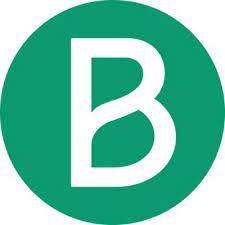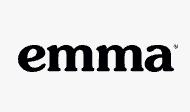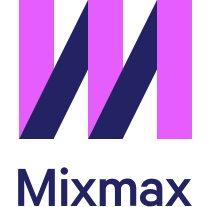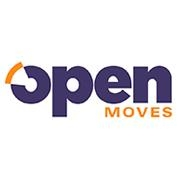Mailchimp vs Highlevel
Hyperise integrates with 100's of sales and marketing tools, many of which are in the Email Marketing category. With so many to choose from it's sometimes hard to know which is best, but don't worry, we've got your covered.
In this comparison guide we're going to look at the Highlights, Pros, Cons and Pricing of Mailchimp and Highlevel. We'll also delve into the details of which offers the best personalization options within Email Marketing, with there respective Hyperise integrations
Mailchimp
Pricing: Mailchimp offers different pricing plans based on the number of contacts you have and the features you need. Here's a summary of Mailchimp's pricing: 1. Free Plan: This plan is free forever and includes basic email marketing features for up to 2,000 contacts and 10,000 emails per month. 2. Essentials Plan: This plan starts at $9.99/month and includes additional features like A/B testing, custom branding, and advanced reporting.Vs

Highlevel
Pricing: Sure, here's a high-level summary of pricing for some popular software platforms: 1. Salesforce: Pricing starts at $25/user/month for the Essentials plan, $75/user/month for the Professional plan, $150/user/month for the Enterprise plan, and $300/user/month for the Unlimited plan. 2. HubSpot: Pricing starts at $50/month for the Starter plan, $800/month for the Professional plan, and $3,200/month for the Enterprise plan. 3.
Mailchimp vs Highlevel Highlights
Mailchimp is an email marketing platform that allows users to send email campaigns, track their performance, and manage their subscriber lists. It offers a wide range of templates, integrations, and automation features to help businesses streamline their email marketing efforts. HighLevel, on the other hand, is an all-in-one marketing and sales platform that combines email marketing with other marketing channels such as SMS, social media, and landing pages. HighLevel also includes a CRM system and lead generation tools, making it a more comprehensive solution for businesses looking to manage their entire sales and marketing process in one platform. Overall, while both platforms offer email marketing capabilities, HighLevel provides more extensive marketing and sales features.
Mailchimp vs Highlevel Pros
Mailchimp Pros
- Mailchimp offers a free forever plan that allows users to send up to 10,000 emails per month to a list of up to 2,000 subscribers, while HighLevel only offers a 14-day free trial with limited features.
- Mailchimp's email builder is intuitive and user-friendly, with a drag-and-drop interface and a wide variety of templates and design options to choose from.
- Mailchimp offers extensive email automation capabilities, allowing businesses to create targeted email campaigns based on customer behavior, preferences, and interactions. On the other hand, HighLevel's automation and workflow features are more focused on SMS marketing than email marketing.
- Mailchimp integrates with over 250 other apps and services, such as social media platforms, CRMs, and e-commerce platforms. HighLevel, while it offers some integrations, has a more limited selection.
- Mailchimp offers analytics and reporting features that provide insights into email campaign performance, allowing businesses to refine their strategies over time. HighLevel has some analytics capabilities, but they are not as robust or in-depth as Mailchimp's.
Highlevel Pros
- Highlevel offers more advanced marketing automation features compared to Mailchimp.
- Highlevel supports multiple communication channels such as SMS and Facebook Messenger in addition to email.
- Highlevel has a user-friendly visual editor for creating landing pages and forms.
- Highlevel provides more granular segmentation options for targeted campaigns.
- Highlevel has a built-in CRM and contact management system, which Mailchimp lacks.
- Highlevel's pricing is more flexible and affordable for businesses of all sizes.
- Highlevel offers a variety of integrations with other popular tools and platforms.
Mailchimp vs Highlevel Cons
Mailchimp Cons
- Limited lead generation and management features.
- Limited automation capabilities.
- Limited integrations with other tools.
- Restrictive pricing plans based on the number of contacts.
- Limited customization options for email templates.
- No built-in CRM functionality.
- No sales pipeline management features.
- Reporting and analytics are not as advanced as HighLevel.
Highlevel Cons
- HighLevel is more expensive than Mailchimp for small businesses with a limited budget.
- Mailchimp offers more advanced email marketing features, such as A/B testing, behavioral tracking, and segmentation capabilities.
- HighLevel's email marketing capabilities are more basic and limited, with fewer templates and design options compared to Mailchimp.
- Mailchimp has a user-friendly interface that makes it easy to navigate and use features, whereas HighLevel may have a steeper learning curve for beginners.
- HighLevel focuses on CRM and marketing automation features, which may not be as important for businesses that only need email marketing tools.
- Mailchimp offers a free plan with limited features, whereas HighLevel does not have a free plan option.
Mailchimp & Highlevel Hyperise Integrations
Mailchimp uses the HTML code embed method to integrate with Hyperise, giving a simple way to add personalized images to your messages.
Mailchimp makes the following data points available to Hyperise, to enable personalization in images used in outreach and linked out to your personalized website landing pages.
- Using business Email passed from Mailchimp, Hyperise is able to enrich business logo and website screenshots. In some cases, with a business Email we're also able to enrich profile images, subject to the business email having a publicly available profile.
Mailchimp Integration Guide
Highlevel uses the HTML code embed method to integrate with Hyperise, giving a simple way to add personalized images to your messages.
Highlevel makes the following data points available to Hyperise, to enable personalization in images used in outreach and linked out to your personalized website landing pages.
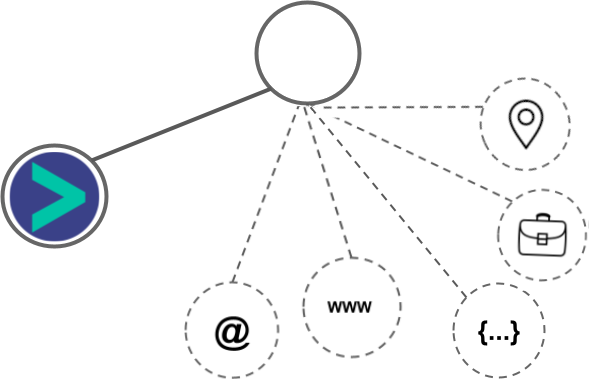
- Using business Email passed from Highlevel, Hyperise is able to enrich business logo and website screenshots. In some cases, with a business Email we're also able to enrich profile images, subject to the business email having a publicly available profile.
- Business name
Highlevel Integration Guide
 vs
vs 


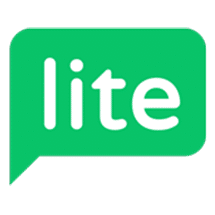

 vs
vs 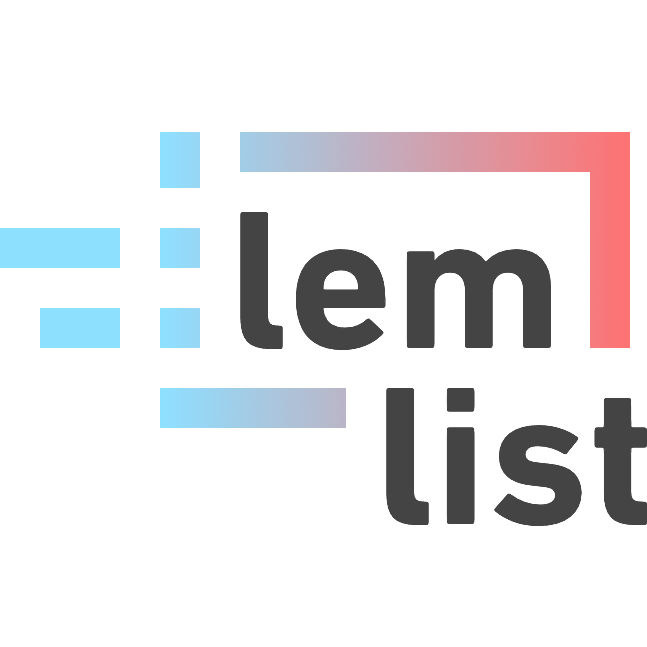 vs
vs  vs
vs  vs
vs  vs
vs  vs
vs  vs
vs  vs
vs  vs
vs  vs
vs  vs
vs  vs
vs  vs
vs 
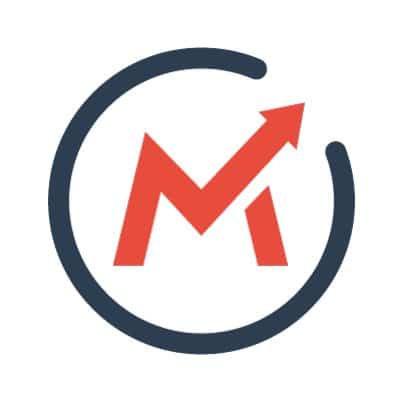


 vs
vs  vs
vs 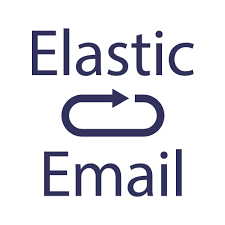 vs
vs 
 vs
vs  vs
vs 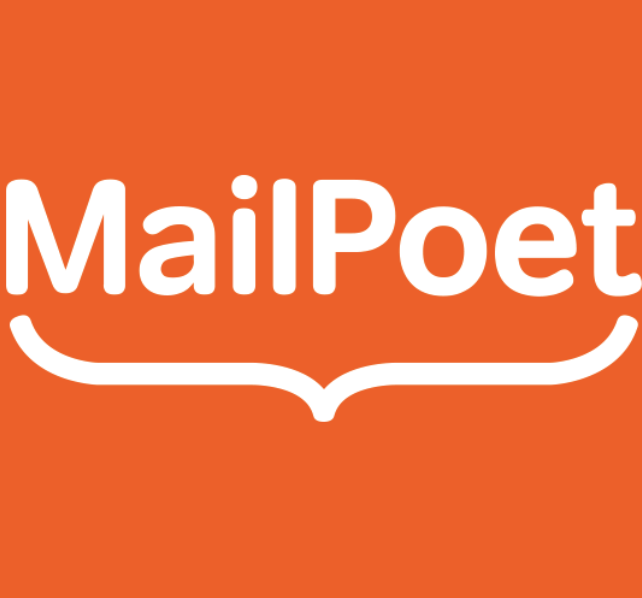 vs
vs  vs
vs  vs
vs  vs
vs 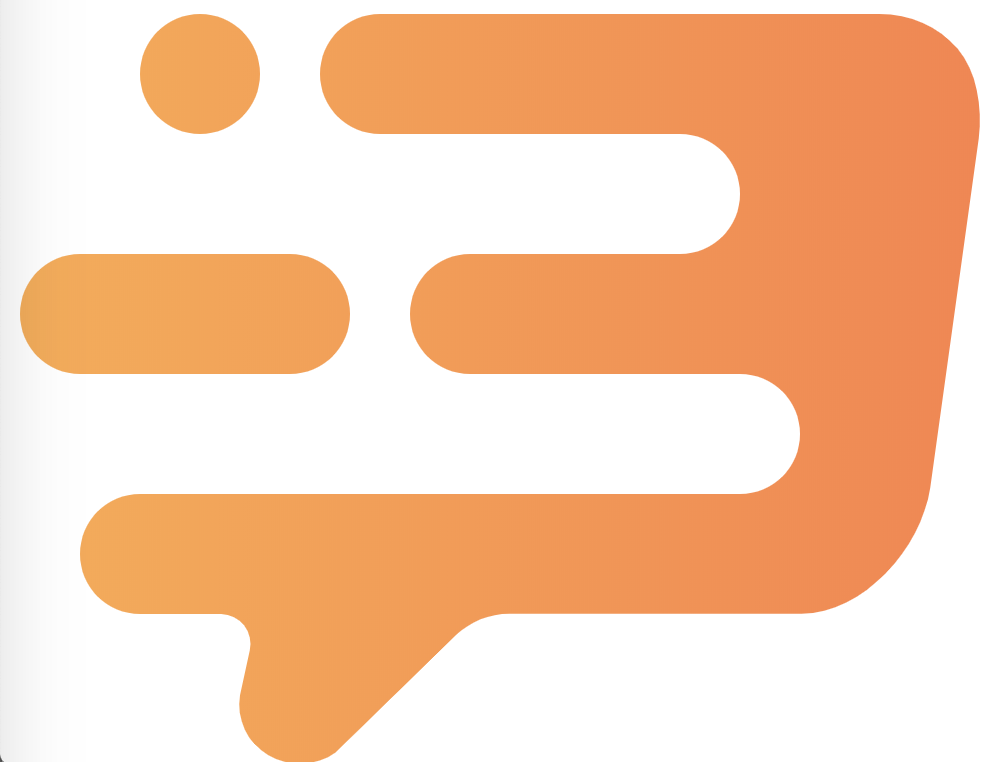 vs
vs 
 vs
vs 
 vs
vs  vs
vs 




 vs
vs 